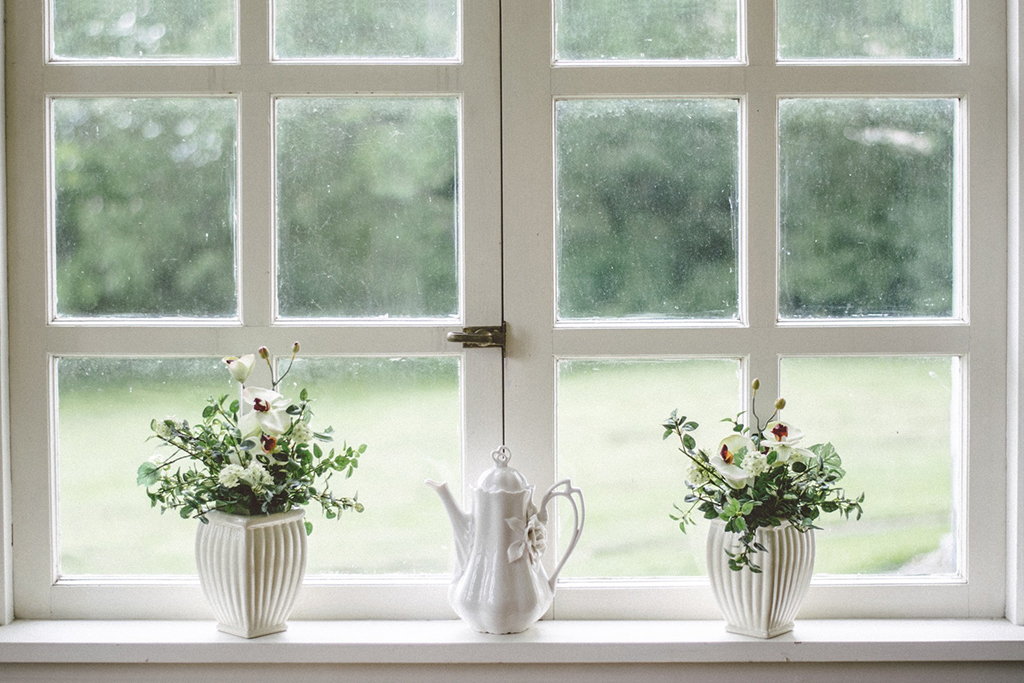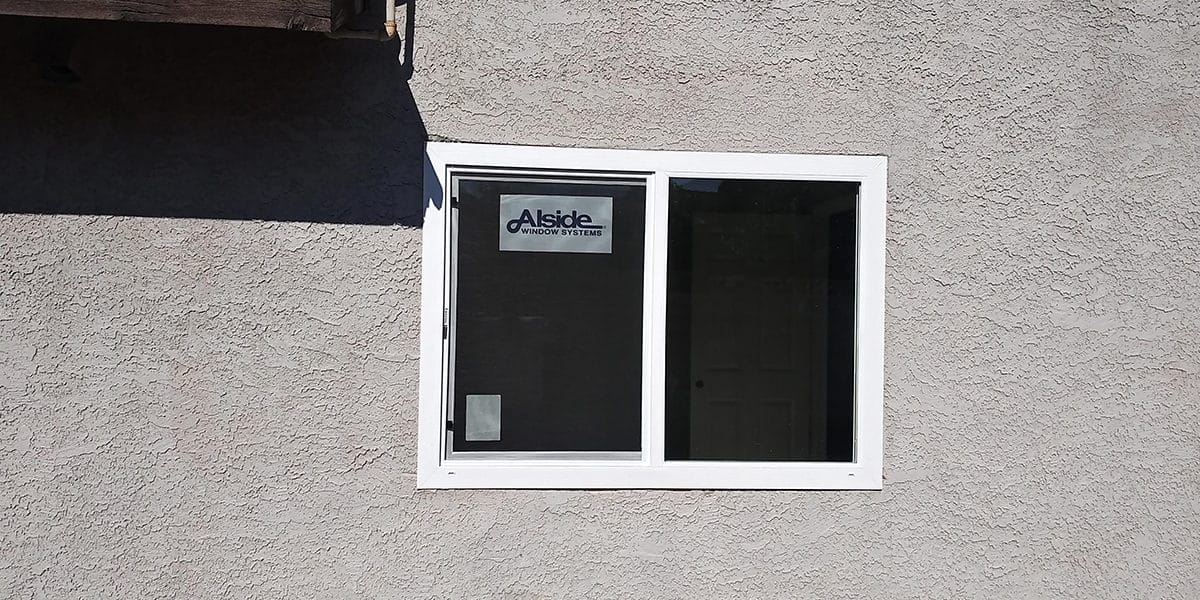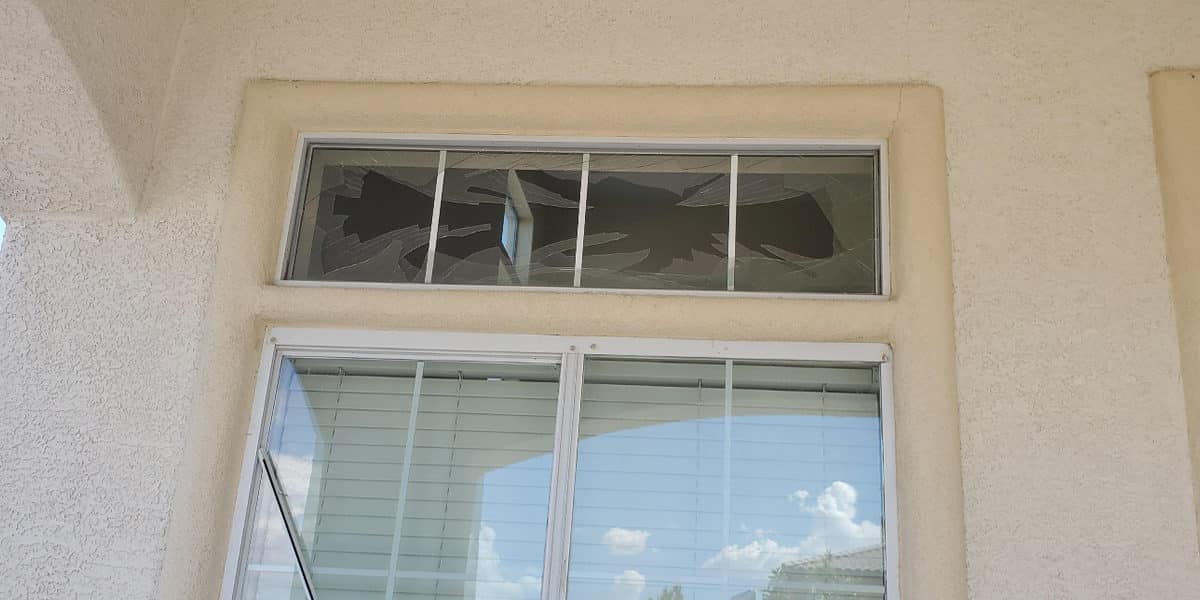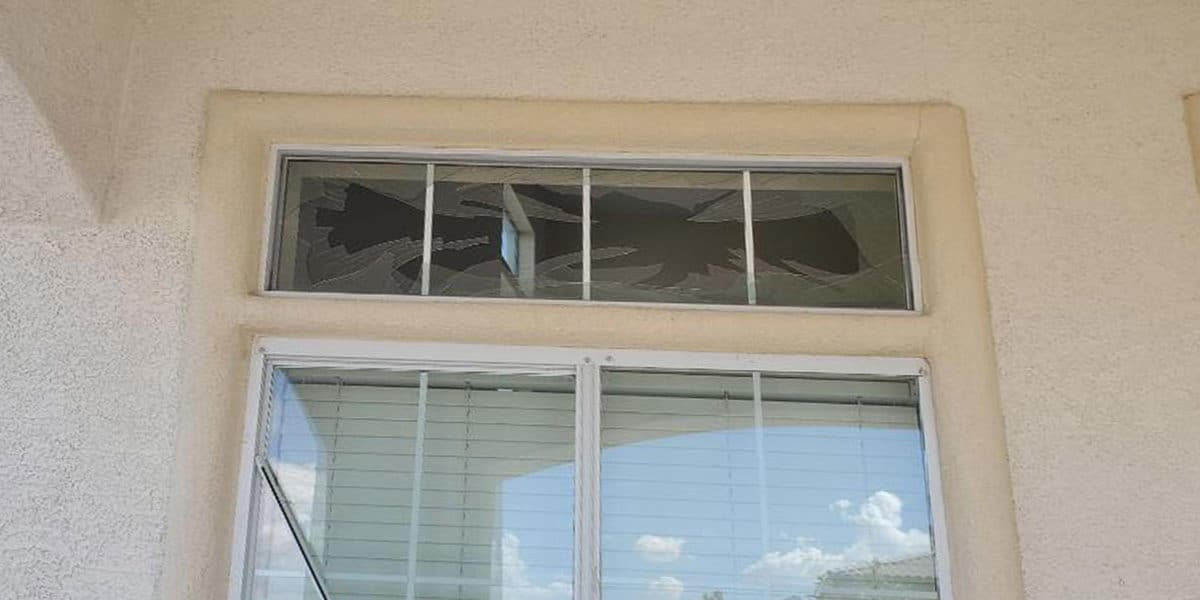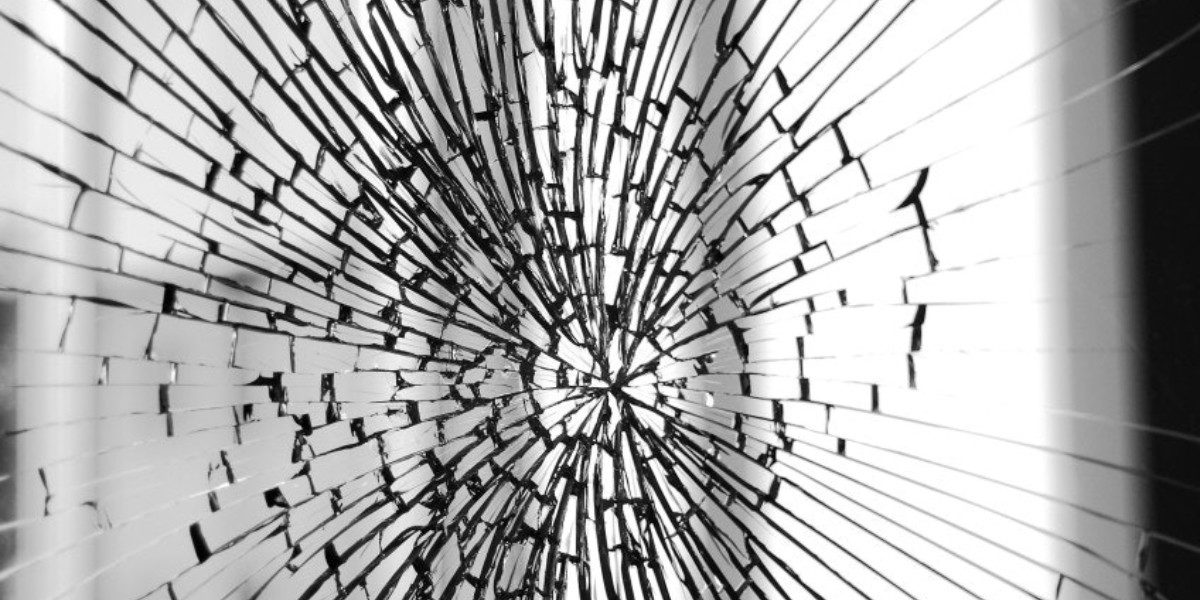How many times a day do you suppose you look out your windows? From when we check the weather to determine what we should wear in the morning to when we watch the sunset over our lawns, our windows give us our view on the world. But do you ever stop to think about how your windows are put together?
Windows are one of the more amazing and complex pieces of your home’s architecture, and they tend to get overlooked. Knowing some about the different parts of a window can help you better appreciate what an amazing feature of your home they are. Read on to learn the difference between a stile and a muntin and what role a sash lock plays in keeping your home safe.
Frame
There are two main pieces of a window: the frame and the glass. The frame is the whole structure that holds the glass in the window, much the same way that a rim holds a tire. The frame can consist of several other pieces that we’ll discuss more in detail later.
A window frame may be made up of a number of different materials. Wood was once the most common window frame material, but these days, vinyl and aluminum are more popular. These offer more durability and can come in a variety of colors, and vinyl can be painted.
Exterior Frame Pieces
Your window frame is made up of four primary pieces: the head, the jambs, the sill, and the jambliner. The head is the horizontal piece that runs across the top of your window. The head may be made up of many smaller pieces, including the siding, sheathing, drip cap, casing, and blind stop on the outside and the header, plaster, and lath, parting bead, and stop on the inside.
The sides of your exterior window frame are called the jambs. These help to guide your sashes as they move up and down in the exterior frame. If you have old double-hung windows, your jambs may have pulleys built into them near the top.
Your sill is the horizontal piece running across the bottom of your exterior window frame. Much like the head, your sill is made up of many smaller pieces. These include the siding and sheathing on the outside, the sub sill, the sill framing, and the plaster and lath on the inside. The jambliner is a strip of material on the sides of your window frame that helps to ensure a snug fit for the window sash.
Interior Frame Pieces
Your interior window frame, also called the sash, includes the pieces of wood that hold the glass in place for your window. This is the piece that slides up and down in your exterior window frame. If you have double-hung windows, you may have two full sets of these pieces.
The horizontal pieces of your window sash are called the rails. You have an upper and a lower rail; on double-hung windows, you’ll have two each of these. You may also have a check rail on a double-hung window that is where the upper part of the lower sash and the lower part of the upper sash come in contact.
The vertical pieces of your window sash are called the stiles. These help to support the glass and guide the windows in the frame. The vertical and horizontal pieces that subdivide your window frame within each sash are called the muntins.
Additional Window Pieces
Single- and double-hung windows also have parts that help the sashes move up and down. If you have old architectural-style double-hung windows, you’ll have pulleys at the top of your window jambs and ropes running through these into the sides of your stiles. At the other end, those ropes will attach to weights that run inside your window frame and help to counterbalance the windows and make it easier to raise them, lower them, and keep them in place.
More modern single- and double-hung windows use a spring-loaded balance to help counterbalance the weight of the window as it opens and closes. This mechanism is what keeps your windows from falling straight back down when you open them.
Your window will also come with some sort of a lift, a handle on the lower rail of the lower sash that helps you to open and close the window. Double-hung windows will feature a sash lock that has one half on the upper sash and one half on the lower. These two lock together and prevent windows from moving either up or down.
Casement Window Parts
Unlike single- and double-hung windows, casement windows do not move up and down in their frames. Rather, the sashes rotate on a horizontal or vertical axis to allow you to open the window. These windows can open either in or out and may come with limits on how far they can open.
Because casement windows don’t use the traditional mechanisms that single- and double-hung windows do, they don’t have the same lifting, balancing, or locking mechanisms. Instead, you’ll have a lock handle located on the jamb of your window that allows you to lock the window from the inside.
In place of a lift, you’ll have an operator on the jamb or sill of your casement window. This is a crank-operated device that allows you to open and close your windows. Your casement windows may also have some additional weatherstripping components to help prevent water from coming in or heat and cool from escaping.
Different Kinds of Glass
Inside the sashes of all your different windows, you might have different types of glass. The oldest and cheapest windows feature single-pane glass. As the name suggests, this is one single sheet of glass mounted in your sash with no additional insulating properties.
But because single-pane glass is so inefficient, insulated glass has gotten much more popular. This glass type features two panes of glass with a thin layer of gas separating them. Argon is frequently used in between these layers, as it is extremely effective at blocking heat loss.
There are also a number of different coatings you can get for your glass. Many of these are designed to help reflect UV rays and keep them from damaging your home and belongings. Reflective, low-emissivity, and laminated glass all fall into this category.
Fixed Window Parts
Some windows may not move at all, making them fixed-panel windows. These can include things like circle head windows, the half-circle windows that are common over doors and some prominent windows. Because these windows don’t move at all, they won’t have the same frame and sash components as other windows.
Fixed windows will have only the frame with the sash directly affixed to it. If it is over a window or a door, it may have a mullion at the bottom of it. A mullion is a major horizontal or vertical structural piece that separates and combines two or more windows.
Your fixed window may also have decorative pieces on it that make it look like it’s divided into multiple windowpanes. These decorative pieces are called grilles, and they only serve a visual purpose in your window. There may also be a small weep hole in the window sill that allows condensation or water to escape from your house without gathering inside the window.
Screens
Many single-hung, double-hung, and casement windows come with screens equipped. These thin mesh barriers prevent things like bugs and pests from coming inside even if the windows are open. This allows you to take advantage of a nice day and fresh air without chasing flies around your house for the next three days.
Screens are tightly woven layers of material, but they can come in different densities. Screens that are woven thicker will be harder to see through and will block out smaller bugs. But they will also block out more light and may obscure your view depending on their design.
You may find screens woven from a few different materials. Metal and plastic are popular options, but you may also find fiberglass. Talk to your window contractor about which screen type will give you the view you want and stop the bugs you don’t.
Learn More About the Parts of a Window
Windows are one of those things we take for granted every day. But knowing the different parts of a window can help you better understand how they function, especially if something breaks. It can also give you a new appreciation for these beautiful features that bring light and fresh air into our homes after winters that have been entirely too long.
If you’d like to get windows repaired or replaced at your home, check out the rest of our site at Cut Rate Glass. We provide residential window repair, retrofit windows and doors, and much more. Request a quote from us today and start seeing your life in a whole new light.

